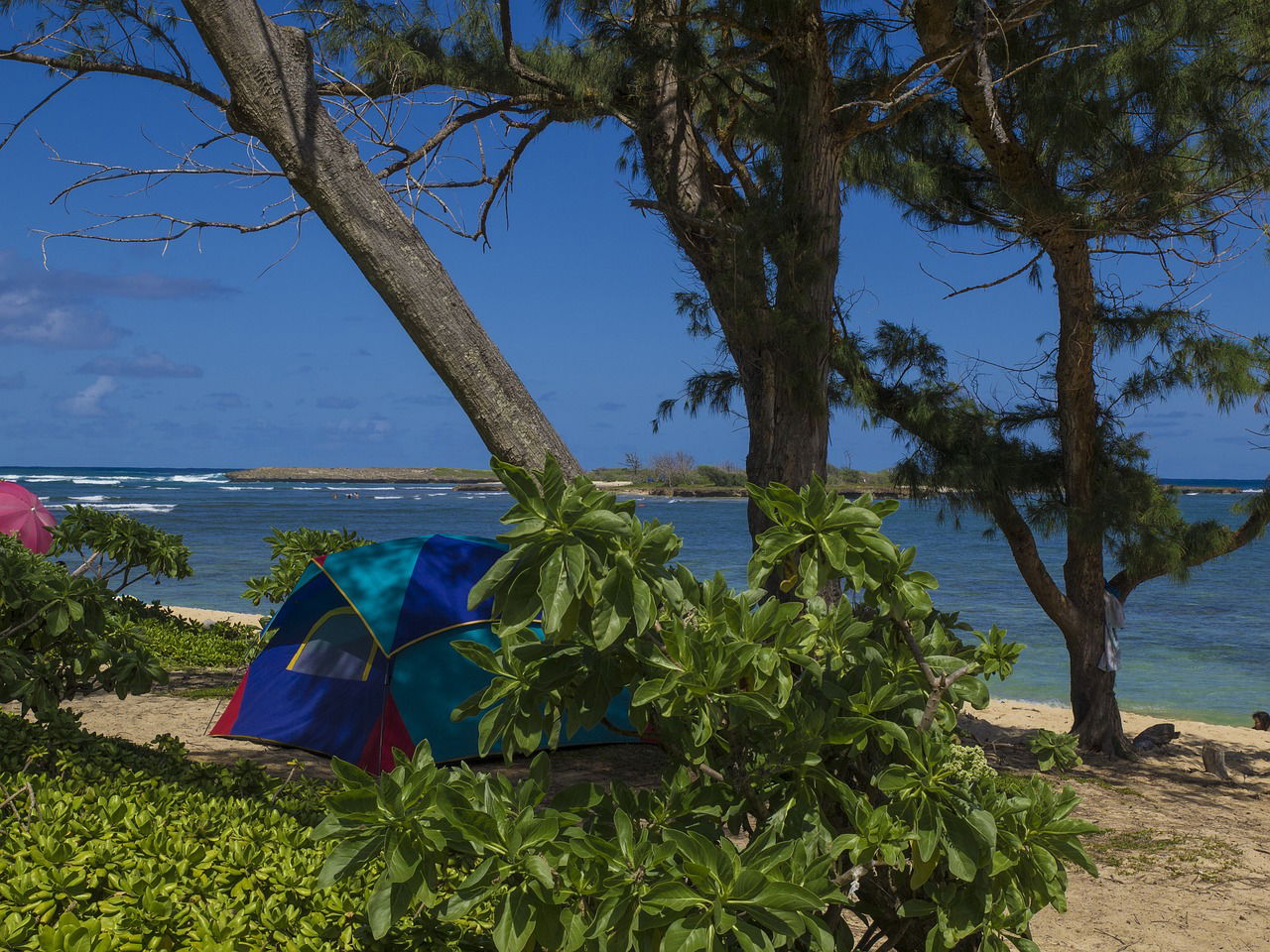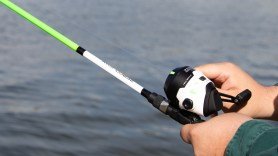

This article will discuss common tropical insects, but first – let’s take a second to understand exactly what a tropical climate actually is. In general, a tropical climate is one in which the average temperature in all 12 months is above 18°C/64°F. Within that range, there are three distinct subtypes. These are broken down by amount of precipitation: tropical rainforest climate, tropical monsoon climate, and tropical savannah.
When camping in tropical climates (like any climate), there are many specific things to consider – including insects. And within tropical zones, there are several insects you need to be aware of due to the potential health risks they present.

Tropical Insects To Watch
Below are the major groups of insects you may want to be aware of, and prepare for properly. Please remember to do specific research around the exact area you’ll pitch up in.
- Mosquitoes: There are mosquitoes across many climates, but in tropical climates, mosquitoes are absolutely ubiquitous. While they can carry diseases in any temperature, within tropical climes the prevalence of mosquito spreading diseases such as malaria, dengue fever, Zika virus, yellow fever, and West Nile virus are generally higher.
- Ticks: Ticks are common in temperate zones, however, certain species can also be found in tropical areas. And ticks are Lyme disease carriers, so use caution anytime you are in the wild.
- Sand flies: There are a several varieties of insects that are known as sandflies. We’re talking Phlebotomine sand flies, which are also known as drain flies. These bugs, found across Mediterranean and north African countries, drain blood from mammals and reptiles, and can transmit a disease called leishmaniasis, which can cause skin sores and visceral issues.
- Tsetse Flies: These large biting flies commonly inhabit tropical areas across the African continent. They can transmit a disease known as African trypanosomiasis, or sleeping sickness, that can cause serious fevers, and lead to death if untreated.
- Triatomine Bugs: Also known as “kissing bugs,” though that might be too cute a name for these. Also known as conenose bugs or vampire bugs, these insects can transmit American trypanosomiasis, or Chagas disease, which can cause serious cardiac and gastrointestinal complications.
- Ants: Certain tropical ants can deliver painful bites or stings. Fire ants and bullet ants are known for their painful stings, and they can quickly overrun a campsite.
And a note: spiders are not insects. So they don’t make the list here. However, there are plenty of troublesome arachnids in tropical climates that you’ll want to consider as well.
How to Manage Tropical Insects While Camping
As an overall plan to protect yourself from these insects, consider all options and research carefully, including ensuring you have the proper vaccine protections when applicable. Insect repellents containing DEET, wearing long sleeves and pants, ensuring you have a bed net properly installed if sleeping outdoors are all solid rules to follow. You can also consider is pre-treating your clothing and camping gear with permethrin. Note: permethrin is labelled as “a weak carcinogen” by the US Environmental Protection Agency. And it is banned in places like Canada. So please do your research before using.
Aside from that, no matter what climate you are in, it’s crucial to thoroughly check your body carefully for ticks after spending time outdoors, and seek medical attention if you develop unexplained fever, fatigue, or other symptoms after any insect bite.









